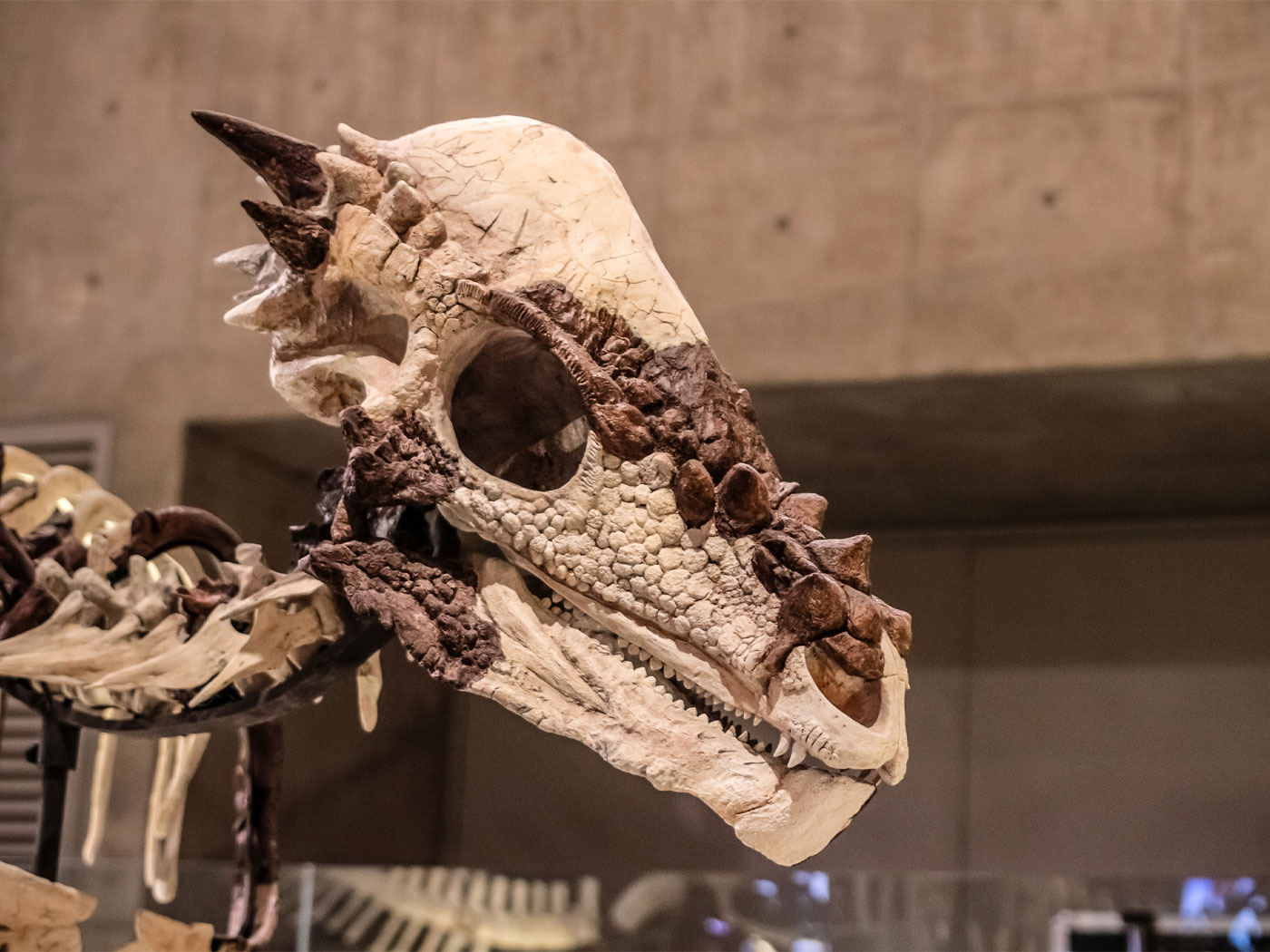Search Tools
New Defender's Study Bible Notes
Introduction to I Thessalonians
This first epistle to the church at Thessalonica was written soon after Paul’s first visit there, while on his second missionary journey (Acts 17:1-4). After forming a church there, Paul and Silas were suddenly required to leave the city. Paul, therefore, felt it necessary to confirm and extend the teaching he had left unfinished when he was with the Thessalonians. After he reached Corinth he wrote to the church there as soon as he had opportunity (Acts 18:1-4; I Thessalonians 3:1-6).
This was relatively early in Paul’s ministry, and many have assumed that I Thessalonians was the earliest of his canonical epistles, written about A.D. 50. However, it is also quite possible that Galatians was written even earlier (see “Introduction to Galatians”), possibly in A.D. 49.
Thessalonica (modern Salonika), on the road to Athens from Philippi, was the capital of ancient Macedonia and was a large and important port city. Paul had first entered Europe at Thessalonica. The church he started there was composed of both ethnic Jews and Gentile proselytes to Judaism, with a great multitude of the latter becoming Christians (Acts 17:4). This development stirred up the unbelieving Jews, who thenceforth sought to destroy Paul wherever he went.
He had warned the new converts that they might face persecution, and was overjoyed when Timothy later came from Thessalonica to meet Paul in Corinth (Acts 18:5) with the good news that the young Christians in Thessalonica were standing firm (I Thessalonians 3:1-6). However, they did have a number of questions, especially in relation to life after death and the promised return of the Lord. These were key topics which Paul in his brief ministry there had evidently not been able to deal with adequately. Consequently, this epistle contains perhaps the most important and definitive passage in the Bible on these topics (I Thessalonians 4:13–5:10).
Other than that, perhaps Paul’s main purpose in writing the first Thessalonian epistle was to defend his ministry against the slanders of the Jews, reminding them that he had not taken anything at all from them out of a sincere desire to share the saving gospel of Christ with them without any obligation on their part (I Thessalonians 2:1-12). He also reminded them of a number of pithy and practical instructions for effective Christian living in a pagan world.
The first Thessalonian epistle is as timely today, over 1,950 years later, as when it was written, and as much applicable to churches and believers in the modern world as in the ancient world.
1:1 Thessalonians. It is possible that this is the first epistle written by Paul. Paul had taken Silas (same as Silvanus) and Timothy with him on his first missionary venture into Greece (see Acts 15:40–16:3; 16:10). After preaching the gospel in Philippi, the leading city of Macedonia (Acts 16:12), they came to another important seaport, Thessalonica (Acts 17:1), remaining at least several weeks and winning both Jews and Greeks to Christ. These people evidently formed a church, and Paul wrote this first epistle to them a short time later, after he had gone on to Corinth (Acts 18:1,11). Since both Silas and Timothy had been with him at Thessalonica, he included them in his salutation to the church.
1:1 the Lord Jesus Christ. It is significant that in the first verse of what may have been his first epistle, Paul acknowledges Jesus Christ as Lord (note Acts 2:36). He frequently used this full name and title in his preaching (e.g., Acts 16:31) as well as his writing, and finally in the very last verse written before his death (II Timothy 4:22). He also frequently wrote of “Jesus Christ” (e.g., Galatians 1:1, his earliest letter except possibly for the Thessalonian epistles) but, for some reason, never to the Thessalonians. To the Thessalonians, he wrote about “Christ Jesus” (e.g., I Thessalonians 2:15), as well as simply “Christ” and “the Lord” (e.g., I Thessalonians 2:6; 1:6). Once, in Colossians 3:24, he mentioned “the Lord Christ.” But it is significant that never in any of his epistles did he speak simply of “Jesus,” except when he was specifically referring to Him in His human life on earth. Paul speaks of Him as “the Lord Jesus Christ” at least nineteen times in the two Thessalonian epistles.
1:3 without ceasing. The Greek word rendered “without ceasing” means “continuously” (i.e., repeated frequently), rather than “continually” (i.e., never stopping).
1:3 hope. The linking of faith, hope and love occurs often in the New Testament. See note on Colossians 1:4,5.
1:9 from idols. Note the exposition in the lives of the Thessalonians of Paul’s testimony in I Thessalonians 1:3. They had demonstrated the reality of their faith by their work of faith in turning “to God from idols;” they had shown true “labour of love” in serving “the living and true God,” and they were manifesting “patience of hope” as they waited “for His Son from heaven.”
1:9 true God. The Thessalonian believers, especially the Gentiles, had evidently heard and received the same creation evangelism message Paul had preached at Athens. They had trusted the true, eternally living God of creation, instead of the false gods and dead idols they once had served. They further believed in the atoning death of Jesus for their eternal deliverance from judgment to come, acknowledging that He alone, as God incarnate and perfect man, could conquer death and rise from the dead (Compare Acts 17:22-31).
1:10 wait for his Son from heaven. This epistle written by Paul, only eighty-eight verses long, has at least fourteen verses referring to Christ’s second coming, or sixteen percent, a larger ratio than any other later epistle, except for II Thessalonians (eleven out of forty-seven, or twenty-three percent). The promise of the return of Christ was the “blessed hope” (Titus 2:13) of Christians from the very first.










